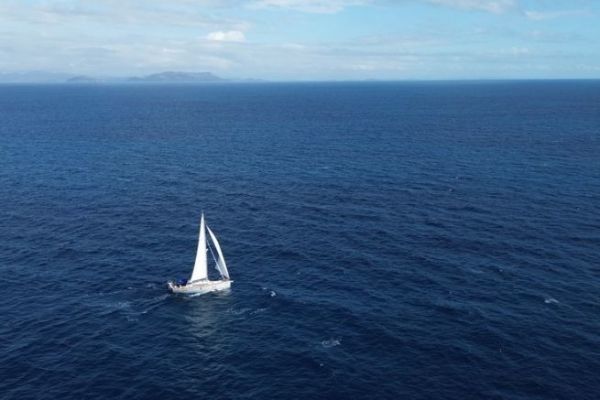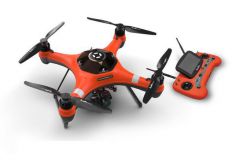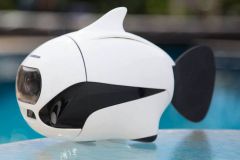Who hasn't dreamed of having a photo of their boat in a dream anchorage, or under spinnaker at sunset? Unfortunately, there are countless drone mishaps on boats. Let's try to avoid them, by following the advice of a professional.

Legislation and personal protection
The use of recreational drones has arrived very quickly, but there is of course strict legislation and it's your duty to inform yourself. You can find information and maps on the authorities' website, linked at the foot of this article.
Propellers spin fast, and even small drones are capable of a lot of damage. For your physical protection, it's more than advisable to wear gloves, goggles, a cap and a jacket for landing and take-off.
Ask the right questions to avoid a "Crash"
On a boat, there are many obstacles, and it's up to you to be careful and prepare your flight plan well, by anticipating and asking yourself the right questions:
- Where will you take off?
- Are there any obstacles: shrouds, biminis...?
- Where will you land, and how? Do you have a plan B?
- If you're sailing, can you slow down the boat?
When you fly a drone, you're a pilot. This means you're in charge of the "flight director" and the associated safety. And just like a pilot, you'll need to be mentally ready to fly in complete serenity.

Adjustments to be made beforehand
Before flying, technical checks must be carried out:
- Check the battery on your drone, remote control and laptop
- Put yourself in airplane mode if you're using your cell phone
- Disable "return home" and replace with "remain stationary" if contact with the remote control is lost
- Deactivate the maximum distance allowed and replace it with unlimited
- Disable obstacle detection.
Dangers to be aware of before launching your drone
There are several risks to consider before taking off.
- Keep away from metal objects to avoid distorting the compass. For example, avoid flying too close to shrouds.
- Remember that your boat moves, even at anchor, so "going home" won't work.
- Watch out for apparent wind and turbulence if you're sailing close-hauled. It's generally more comfortable to take off and land on the beam.
- Watch out for swell and don't fly the drone too low, especially at first.

Keeping these precautions in mind will drastically increase your chances of a successful flight. Your drone should come back safe and sound, you won't be injured, and your images will return intact to the SD card!










